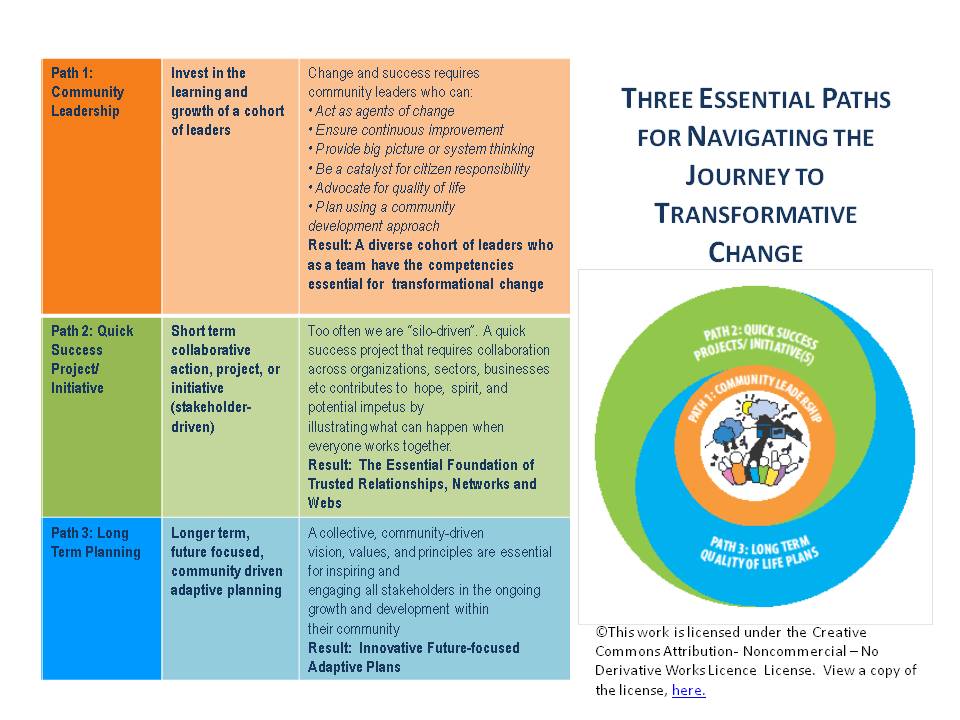Responding to the Black Swan
.jpg)
A number of years ago while working for a municipality, I was part of a of a task force responsible for putting emergency measures into place across the city. At the time, planning for potentially catastrophic events felt as if it might be a make-work measure. Knowing what we now know, they may actually have been ahead of the curve. In essence, we were working together to build the community’s capacity for what my futurist colleagues would call, a Black Swan event.
What’s a Black Swan Event?
The 9/11 attacks in 2001, the 2008 global financial crisis that wiped out over $10 trillion dollars in global equity markets, and Brexit in June 2016 would all be considered Black Swan Events. And, more recently of course, there’s COVID-19.
What all of these events have in common is what the metaphor of a black swan would suggest. The events are unforeseen, extremely low-probability, and are events that take everyone by surprise. Additionally, these events all had, or will have, severe impact. In hindsight, many would also believe the events should have been obvious.
While the full impact of COVID-19 is yet to be determined, and is likely to be catastrophic, the economic and financial impact is beyond our existing scope of knowledge and expertise.
So what can we do in response?
Embrace the Sliver Lining
We first must embrace the idea that there might just be a silver lining in the heartbreak of COVID-19. It should be viewed as an opportunity to identify and address the growing cracks in our systems that are contributing to the pandemic. Rather than trying to repair the existing siloed and segmented systems within our communities, there is an opportunity to re-imagine and rebuild. Accept that if a broken system is allowed to fail, it will actually be strengthened against the catastrophe of future black swan events.
Commit to Meeting the Basic Needs of All Canadians
COVID-19 has shed a light on the growing divide between the haves and the have-nots and our failure to meet the basic needs of all Canadians. In doing so, we have increased everyone’s vulnerability to COVID-19. That includes:
• the 3.2 million Canadians living below the poverty line;
• the estimated 35,000 experiencing homelessness on any given night and the additional 50,000+ who are described as the hidden homelessness who are couchsurfing or sleeping in a car;
• the 15 million Canadians who work in the service industry of whom only 10 percent are covered by Employment Insurance or have effective leave coverage;
• the more than 40 per cent of Canadians who are not prepared, or unsure they are able to handle their financial obligations in the event of an emergency – 26 percent have less than three months’ worth of emergency savings;
• a health-care infrastructure that has a decreasing number of hospital beds (from 6.75 per 1,000 in 1976 to 2.5 per 1,000 in 2018);
• a significant reduction in the provision of affordable housing across the country.
Emphasize the Importance of Grassroots Leadership
Each neighbourhood, community, region, province, territoriy or sector has different challenges. As a result, there is no one magic solution or one best way. Instead, there are many ways. It also means, as George Siemens, has suggested with his Connectivism Theory, that in today’s world what we need to know in order to grow, is too complex to take place in any one person’s head. Instead he suggests we need to rely on a network of people (and, increasingly technology) to store, access, and retrieve knowledge and motivate its use.
In other words, we don’t necessarily have to have the answers, we just have to call the meeting. We need to be okay talking about the issues when we’re not sure what the answers might be. That means initiating and adding to the growing number of meaningful conversations that are happening online.
Ultimately though, the work of the Campus for Communities of the Future has observed three paths to individual, community, economic and environmental wellbeing as described below.
We’ve learned from wise leaders across the country that the future needs to be about investing in growing leaders able to serve as agents of change by encouraging everyone to think big, and start small in order to build the foundation of trusted relationships that is essential for change.
The most effective community leaders we’re seeing – with or without a formal title – will be those who are paying as much attention to the future as they do to the present. It will be our sense of a better world and what should and could be, that will move all of us toward individual, community, economic, and environmental wellbeing.

Next entry: Say Goodbye to the Heroic Leader
Previous entry: Mining the Gold of COVID-19

 Brenda Herchmer is the owner of Grassroots Enterprises, a community development consulting company.
Brenda Herchmer is the owner of Grassroots Enterprises, a community development consulting company.